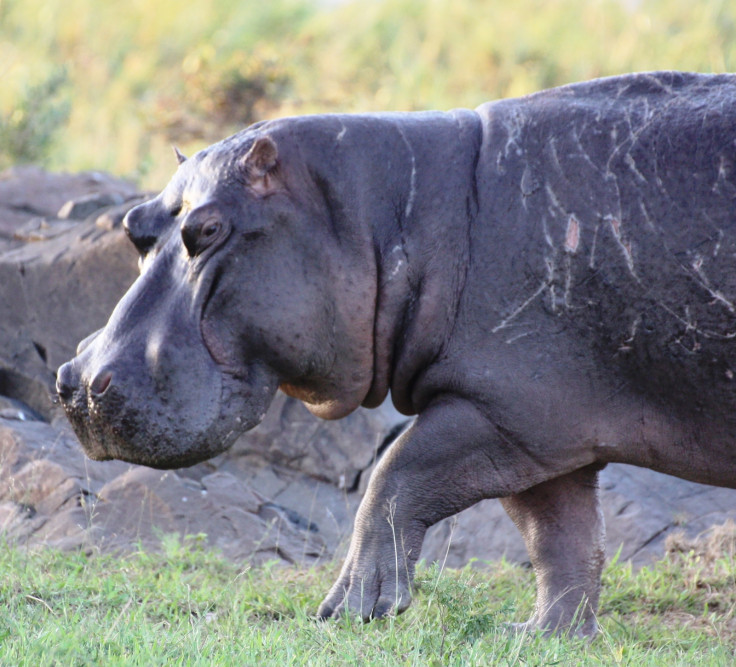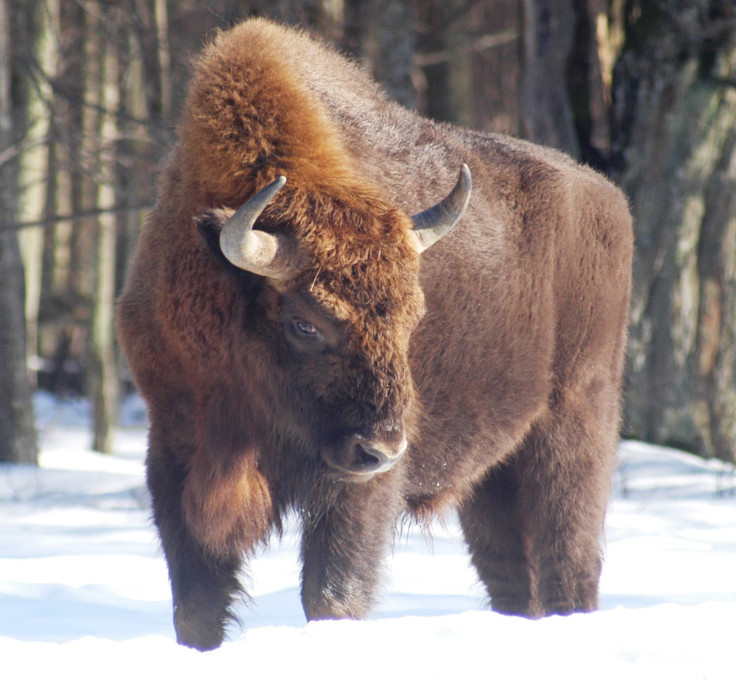World at risk of 'empty landscape' as biggest herbivores face extinction

The planet is at risk of becoming an "empty landscape", with the world's biggest herbivore populations rapidly declining.
Researchers looked at 74 species of the world's biggest herbivores (weighing over 100kg) and analysed data such as endangerment status, key threats and ecological consequences of population declines.
Findings paint a bleak picture, with Africa and parts of Asia particularly at risk of becoming barren of these species, including rhinoceroses, zebras, camels, elephants and hippopotamuses.
The international team of scientists, led by William Ripple from Oregon State University, published its findings in the journal Science Advances.
He told IBTimes UK the threat and extinction risk varies by species and that we do not fully understand all of the functions these animals provide: "But we're learning and each of these species likely has an important role in the ecosystem," he said.

"One obvious implication is that the loss or decline of these large herbivores directly impacts the large predators in that they rely on these animals for food. It could easily spiral. The cascading effect would be increased – the loss of livestock – that would be the most obvious one."
Other ricochet effects include diminished seed dispersal for plants, more frequent and intense wildfires, slower nutrient cycles from vegetation to the soil and habitat changes for smaller animals.
Findings showed the two main drivers of herbivore decline are hunting by humans and habitat changes, and that the areas covered span far and wide. Ripple said: "Our analysis shows that it goes well beyond forest landscapes, to savannahs and grasslands and deserts. So we coin a new term: the empty landscape."

Twenty five of the largest wild herbivores now live in just 19% of their historical range – livestock production has reduced their access to land and water, while raising disease transmission risk. Hunting for meat consumption and the trade of animal parts also plays a huge role.
"The rhinos and elephants are being poached to a very significant extent at this time because of the value of the ivory on the elephants and horns on the rhinos," Ripple said. "There's so much money involved that organised crime syndicates are a majorly involved in the poaching and also terrorists are involved in the poaching.
"The rhino horns sell by weight more than the cost of diamonds, gold or cocaine. There's huge amounts of money involved.
"There's a subspecies of the white rhino and there's only one left. There are armed guards around it and they sawed off its horn to protect it from the poachers. It is getting to be a critical situation for these species."

Ripple said they are hoping to raise awareness about the threats facing these species and to educate people about them. He pointed out some threatened species, such as wild pigs in South East Asia, get very little attention. To combat the problem, he said a coordinated international effort is needed to make wildlife protection a top priority for the entire world.
He said: "I would say we need to think about this problem of the decline of the large herbivores in conjunction with climate change and other issues. For example if we prevent tropical forests from being logged that would enhance carbons storage and at the same time protects the habitats of these large herbivores.
"I think humans have the potential to reverse this decline. People love wild animals. I think that by increasing the education and awareness I think there's definitely hope.
"We've brought animals back from the brink of extinction before so reversing the decline on these is possible. And through conservation and decreases in the amount of poaching. I'm cautiously optimistic that something can be done."
© Copyright IBTimes 2024. All rights reserved.







